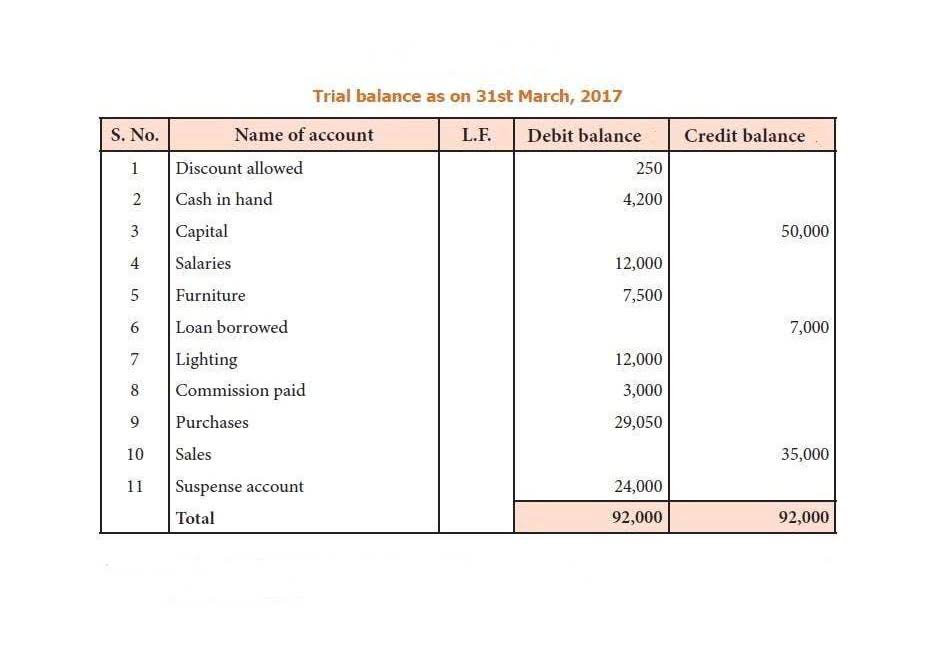A Beginner’s Guide to Record-Keeping for Small Businesses

Do you have more questions about the bookkeeping process for small businesses? Here are some of the most frequently asked questions payroll on bookkeeping for small businesses. The assets section of your balance sheet tells you how much value your business has, while the liabilities section tells you how much money you owe. But you still need to note that the money exited one account and entered another so you don’t accidentally duplicate any of your income or expenses. While all transactions are tracked virtually today, a computer-based system is usually mandatory for your business. And if it is yes, you need your records’ help in identifying those sources of income.

Track everything—everything!
You’ll also need to report changes in any property you own as well as finances related to hiring your staff. Make sure to keep all real estate documents, canceled checks, purchase and sale invoices, bills of sale, and receipts for the period of limitation for the particular asset. An asset’s period of limitation is determined by the time of its “taxable disposition.” This refers to transferring ownership from one party to another in a taxable transaction. In other words, hold onto this documentation until your business gets rid of the asset through direct sale or another method. Keeping track of the purchase, sale, and depreciation of assets is an integral part of financial recordkeeping for small businesses.
FileHold best features:
The visual interface of Finagraph makes it a powerful tool for small business owners to use together with their accountant or CPA. Some modules are interactive, giving you a “Large View”—for example, a close-up look at working capital or accounts receivable. Since travel comes along naturally with expense reports, it makes sense that Expensify has an amazing travel concierge and trip planner as well.
- All required is a backup file, which the IRS can request during an audit.
- Spreadsheet-based manual tracking can quickly spiral out of control if you’re not careful.
- Track business expenses such as transportation, entertainment, lodging, and meals with this expense report template.
- Also, compare every transaction in your accounting software to your records when you’re doing your monthly bank reconciliation, just to make sure it’s all there.
- You can also use financial ratios here to dive deeper into your profit and loss statement.
- The process involves sending estimates and invoices and keeping track of due dates.
A Beginner’s Guide to Record-Keeping for Small Businesses
Use this mileage log template to track business vehicle use and mileage costs. The template includes columns for travel dates and purpose, starting and ending points, odometer readings, and total miles. If you are using this sheet to reimburse employees, enter the reimbursement rate at the top of the template to determine Cash Flow Management for Small Businesses the total amount owed. Create a detailed report that displays quarterly cash flow projections. This template allows you to track the variance between your projected and actual cash position for each month and calculates total cash payments and net cash change.
What Is Record Management Software?
Does this mean that you don’t need to worry about the ins and outs of different recordkeeping systems? Tax law places responsibility for most bookkeeping and accounting errors squarely on the business owner. Accounting software isn’t the only method you can use to account for transactions. But when it comes to simple recordkeeping for small business, accounting software can make a big difference. DocSavy is a cloud-based records management software that helps you efficiently store, organize, and access documents.
Enter the date, description, and amount for each transaction, and the template will calculate subtotals and total cash balance. While running a small business can keep you busy, preparing for tax time gives you another challenge. If you haven’t kept accurate and updated business records, you could run into more headaches.


Let’s say you filed your 2020 tax return two months ahead of the deadline, on February 10, 2021. That means you’d need to keep the receipts, tax records, and any other documentation related to the return until April 15, 2024—three years after the deadline for your 2020 tax return. Managing transactions is a big part of any daily bookkeeping routine. It includes importing and categorizing transactions properly, reconciling these transactions and making sure they’re recorded according to your entry system and record keeping for small business accounting method. Cash basis accounting records transactions when money changes hands. This method doesn’t record invoices or your company’s outstanding bills until they’ve been paid.
The spreadsheet includes monthly columns for recording forecasted and actual cash flow. List cash receipts and cash paid out to view your projected and actual cash position for each month. Different industries and jurisdictions have specific record-keeping requirements. Stay informed about the legal obligations relevant to your business, such as retention periods for tax records and data protection laws. Non-compliance can result in penalties and legal issues, so it is crucial to adhere to these regulations. You could also consider handing over your record management worries to Fincent, a professional bookkeeping service designed for creative small businesses.

- Last but not least, you will keep an eye on property and deductible expenses.
- For even more value, upgrade to the Pro Plan to spend less time on manual transaction entry with unlimited bank and credit card connections.
- However, if you are still troubled about how long to keep these receipts, you should know that even expenses under $75 can be questioned during an audit or lawsuit.
- Below, we’ll go over legal retention requirements and best practices for records not covered by federal or state laws.
- These statements can help you in dealing with your bank or creditors and help you manage your business.
- They’re not as accessible as digital records, and if something catastrophic happens, such as a fire or flood, your data is still at risk.
The best results happen when a business implements a bookkeeping strategy over a period of time or builds a long-term working relationship with a qualified bookkeeper. Waiting until crunch time to prepare documents and fix bookkeeping errors can be too late if the records are kept with many mistakes. Never leave the practice of bookkeeping (or your business assets) to chance. No matter what system you implement, incorporate a practice of reconciliations, by comparing the numbers in your system to the source records, like bank statements, receipts, and invoices. This habit improves communication, boosts transparency with your bookkeeping team, and promotes longevity and compliance. Efficient bookkeeping involves foresight, meaning that a business should always plan for upcoming financial events, including tax time.
